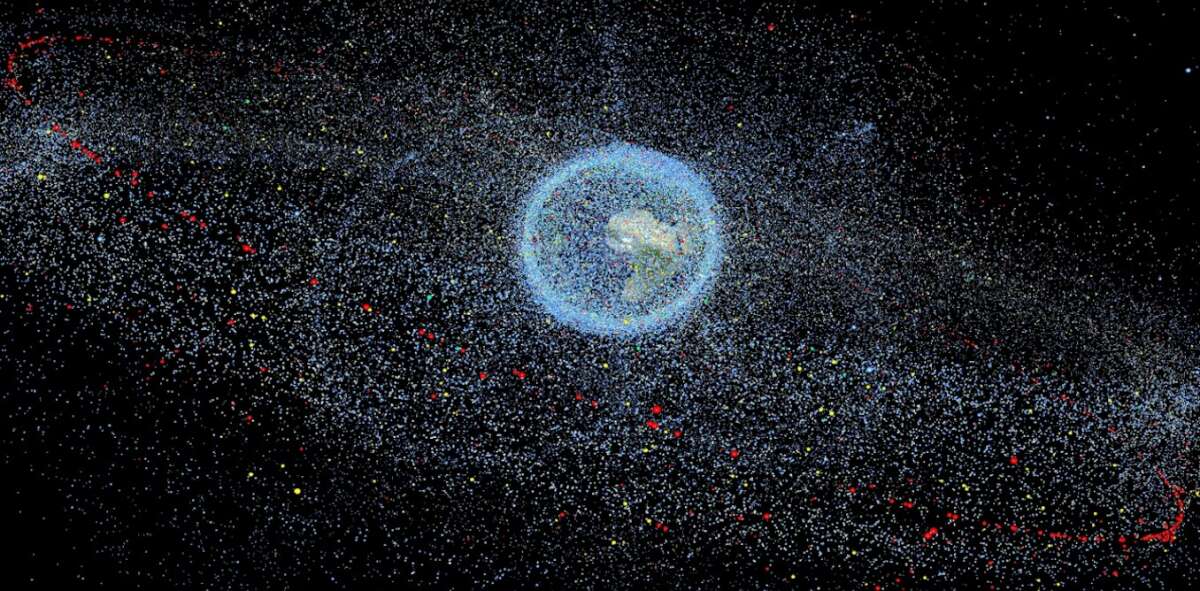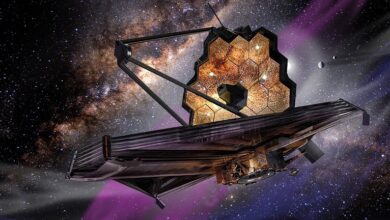
Harpoons, robots and lasers how to get rid of space debris
(ORDO NEWS) — More than half of the satellites in orbit are currently non-functional, and this accumulation of space debris is considered a fatal problem for current and future space missions.
ESA estimates that 130 million objects smaller than 1 cm and 34,000 larger than 10 cm orbit at high speed. A report presented this year at the European Space Debris Conference says that by 2100 the amount of space debris could increase fifty-fold.
Although many fragments of space debris are small, they travel so fast that their impact energy is sufficient to disable a satellite or cause significant damage to space stations.
Flying debris blew coin-sized holes on the Hubble Telescope and Solar Maximum Mission (SMM) satellites, and damaged a mirror on the James Webb Space Telescope.
About 60% of the 6,000 satellites in orbit are currently out of service. They represent a major challenge for both existing and future satellites and space stations, so the development of practical debris removal technologies is essential.
One of the main challenges in devising space debris removal strategies is how to transfer energy between the debris and the hunter satellite during first contact. There are two priority approaches, and a third is under development.
The essence of the first approach is that the hunter satellite launches a harpoon to capture space debris. After a successful shot, the hunter satellite, harpoon and target are connected by a bungee cord, and the hunter pulls the debris behind him to enter the atmosphere and burn up along with the debris.
In the second approach, it is planned to use the magnetic capture method. The hunter will use magnetic coils to catch debris. The third way is to use a laser to destroy small debris. Laboratories in China are developing a space-based laser system,
The first project to remove debris from space is scheduled for 2025. It will be led by ESA. The hunter will meet the target and capture it with the help of four robotic arms. The satellite and space debris will then burn up in the atmosphere.
The key issue is the significant cost of the proposed solutions, given the magnitude of the space debris problem. Another important aspect is the potential impact of efforts to clear space on our planet’s atmosphere.
The idea that a growing number of satellites and other objects will burn up in the atmosphere as they move away from space worries climate scientists. Burning more and more satellites and other space debris will release decay products into the atmosphere.
This will result in increased emissions of carbon dioxide and other greenhouse gases. Decomposition of some materials on satellites can also release CFCs, which can damage the ozone shield.
It is impossible not to notice the parallels between the problem of space debris and recycling. Obviously, we need to develop a circular economy strategy for our space waste.
—
Online:
Contact us: [email protected]
Our Standards, Terms of Use: Standard Terms And Conditions.









